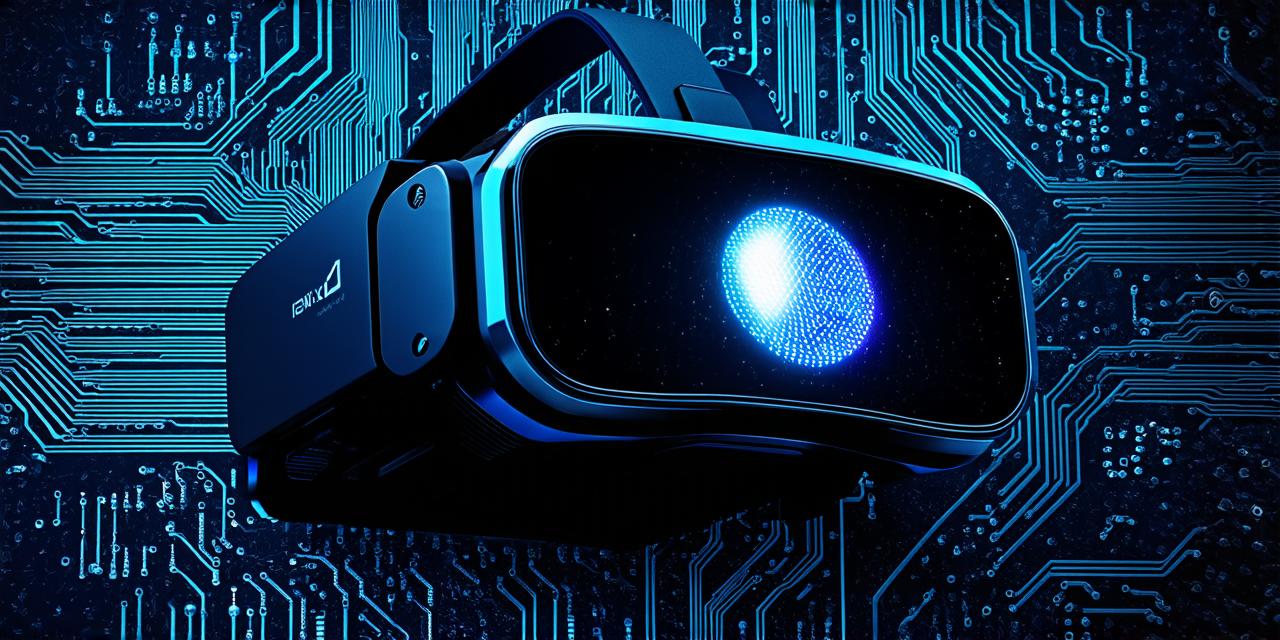Virtual reality (VR) refers to a computer-generated simulation that allows users to experience a three-dimensional environment as if they were physically present in it. VR technology is becoming increasingly popular in various fields such as gaming, education, and healthcare.
How does virtual reality function?
There are several components that make up a VR system, including the headset, sensors, controllers, and computer. The following is an overview of how each component works:
Headset
The headset is the most important component of a VR system. It consists of a pair of screens that display stereoscopic images, which create the illusion of depth. These screens are mounted on a headband and can be adjusted to fit the user’s head comfortably. Some VR headsets also have built-in cameras that track the user’s movement and provide feedback to the system.
Sensors
Sensors are used to track the user’s movement in the virtual environment. There are several types of sensors that can be used, including inertial sensors (accelerometers, gyroscopes, and magnetometers), ultrasonic sensors, and optical sensors. These sensors work together to provide accurate tracking of the user’s position and orientation.
Controllers
Controllers are used to interact with virtual objects in the environment. They typically have buttons, triggers, and joysticks that allow the user to perform actions such as pointing, grabbing, and shooting. Some VR systems also use hand tracking technology, which allows the system to track the user’s hand movements and translate them into actions in the virtual environment.
Computer
The computer is responsible for generating the virtual environment and rendering the images that are displayed on the headset screens. It uses specialized software called a game engine (such as Unity or Unreal Engine) to create the 3D models, animations, and other elements that make up the environment. The computer also processes the data from the sensors and controllers to provide a seamless and immersive experience for the user.
What are some of the advantages of virtual reality?
Virtual reality has several advantages over traditional forms of media such as movies and games. Some of these advantages include:

- Immersive experience: VR provides an immersive experience that can transport the user into a completely different world. This can be particularly useful in fields such as education, where users can learn about historical events or scientific concepts by experiencing them firsthand.
- Interactivity: Virtual reality allows users to interact with virtual objects and environments in a way that is not possible with traditional media. This can provide a more engaging and memorable experience for the user.
- Accessibility: VR technology can be used to create experiences that are difficult or impossible to recreate in real life, such as flying over a city or exploring the depths of the ocean. This can be particularly useful in fields such as healthcare, where patients can receive treatment in a safe and controlled environment.
Summary
Virtual reality technology is still in its early stages, but it has already shown great potential for a wide range of applications. As the technology continues to improve, we can expect to see even more innovative uses for VR in fields such as gaming, education, and healthcare.
